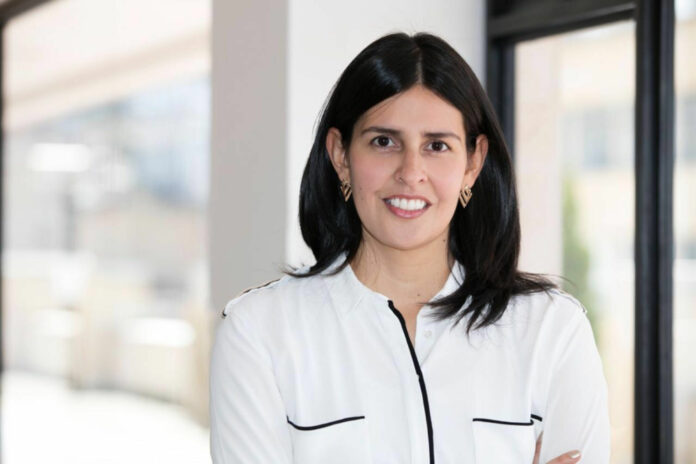A shared access wireless license
UK regulator Ofcom has asked telecoms industry players how it can reallocate Shared Spectrum Licences that were previously the exclusive the domain of mobile network operators. Amalgamating these radio spectrum bands could give small businesses a ‘license’ to create their own local wireless broadband.
The existing Shared Access Licence (SAL) framework was first established in 2019 and since then over 1600 licences have been issued across four bands, the 3.8-4.2GHz, 1781.7-1785MHz paired with 1876.7-1880MHz, 2390-2400MHz and the lower 26GHz indoors. Around 850 of those licences have been issued since 2020. As a result, says analyst Mark Jackson in ISP Review, the UK has seen businesses and other organisations establish multiple different networks in the shared spectrum. Ports and factories, for example, have private 5G mobile networks, while some rural communities have created new fixed wireless access systems to improve indoor coverage. The problem is that progress on improving these SALs, with the adoption of the Dynamic Spectrum Access (DSA), has been slow. It relies on the support of a fully automated central database of available bands and competence in configuring it.
Ofcom will examine the experiences that pioneers have had with the SAL framework since it was introduced. How would they like to see it evolve? What are the technicalities? Is funding all this work a problem? Ofcom has also published a new discussion paper, which considers the potential benefits of more flexible and ‘adaptive’ spectrum management systems, like the aforementioned DSA. “We consider that more automation, and better availability of interference and spectrum usage data, can deliver significant gains in efficiency and user experience,” said Ofcom.
The industry needs a more flexible spectrum management as demand for spectrum soars as people try to do what the telcos have failed to do. Dynamic sharing, where spectrum supply comes and goes, may be most beneficial where the user has access to other spectrum, according to Dr Martha Suarez (pictured) president of the Dynamic Spectrum Alliance.
So far Ofcom has made a number of recommendations, including: creating and using more automation guided by better data: a system of dynamic access that guarantees bandwidth by instantly allocating spectrum. The vendors of telecoms components need to widen the range of equipment they offer, in order to support greater flexibility, says Ofcom, although that’s not as easy as it sounds. To support this movement, the industry must provide a blueprint for more open interfaces between devices and spectrum management databases could open new opportunities, said Ofcom.
“There is potential for such dynamic and adaptive approaches to play a part in addressing future spectrum management challenges, including spectrum access for wireless broadband evolution to 6G, and supporting a range of users with growing spectrum demands,” said Ofcom, in a statement. “We will look to our Spectrum Sandbox programme as an opportunity to further explore this with industry and academia over the coming months.” There is no guidance on allocation of time and money to support these developments. This is something that stakeholders could mention in their feedback. The call for input is expected to run until 16th May 2023 and then a main consultation, which may contain several proposals to change the current approach, is likely to be launched late in the second half of 2023.



